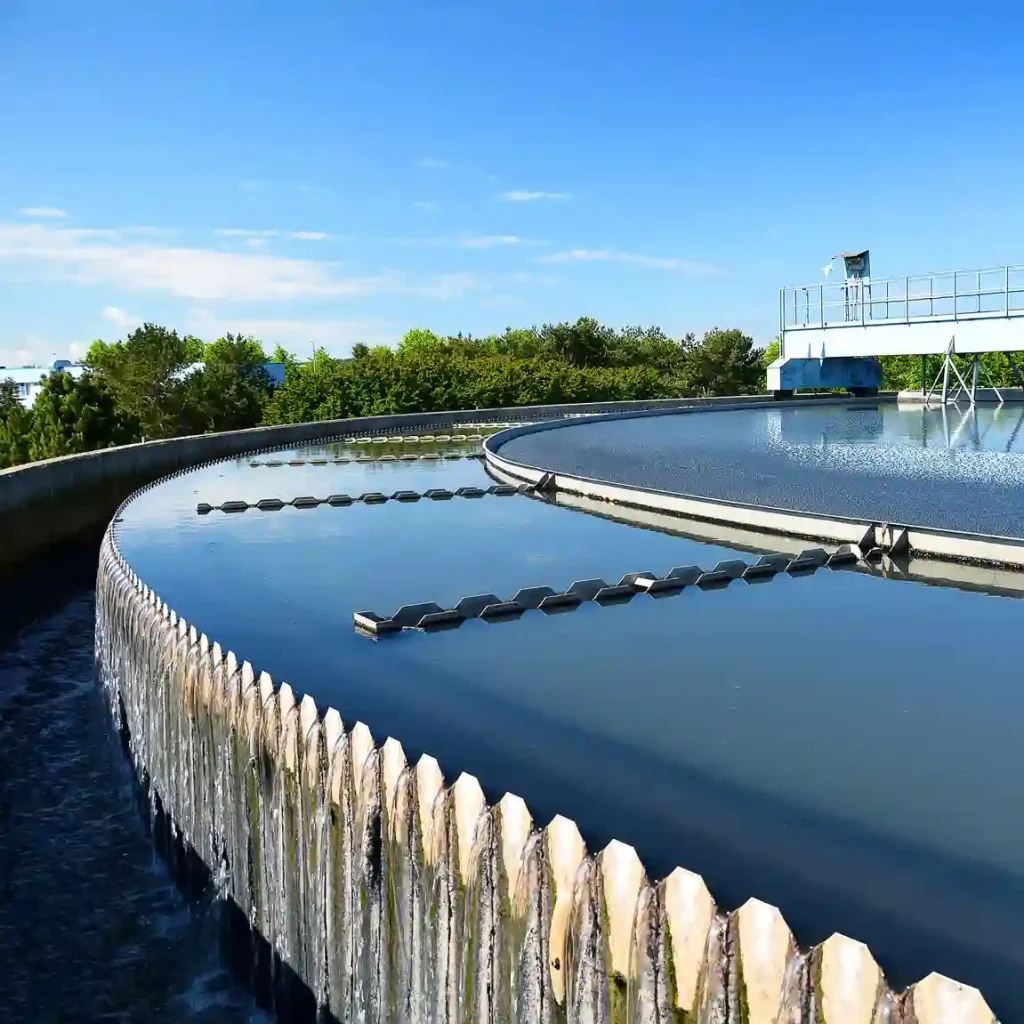Hebei Messi Biology Co., Ltd. stated that powdered magnesium oxide, powdered magnesium hydroxide or magnesium hydroxide emulsion can be used as a treatment agent for lead-containing wastewater, which can neutralize the acid in the wastewater and cause lead ions to precipitate and pass through. Magnesium hydroxide is further removed by adsorption. The raw water pH=2, the lead ion content is 25mg/L, the treated effluent pH=7, the lead ion content is 1.0mg/L, the lead removal rate is over 96%, and the treated wastewater can meet the discharge standards.

The magnesium hydroxide produced in the acidic solution is used to study the removal effect of heavy metal ions such as copper and lead, and is applied to the treatment of wastewater containing copper, lead, zinc and cadmium. The pH value of the solution, the concentration of copper and lead ions, and the concentration of copper and lead ions are The coexistence of lead ions affects the effectiveness of magnesium hydroxide in removing heavy metals. As the pH value of the solution increases, the removal of copper and lead ions by magnesium hydroxide also increases; the adsorption amount of copper and lead ions on magnesium hydroxide increases as its concentration increases; copper and lead ions coexist Will lead to competitive adsorption, thereby reducing their adsorption capacity on magnesium hydroxide.
Magnesium hydroxide can remove a variety of heavy metal ions in acidic wastewater. When treating wastewater, when the dosage of magnesium hydroxide with particle size <30μm is 8g/L, and the dosage of magnesium hydroxide with particle size <75μm is 16g/L, all four heavy metals in the treated wastewater meet the efflux standards. The smaller the magnesium hydroxide particle size, the better the treatment effect.
For wastewater containing chromium (Cr), magnesium oxide and flocculant can be used for combined treatment, which can effectively remove chromium and suspended solids. The optimal treatment conditions are: 1g of magnesium oxide per gram of chromium removed, 0.23g of flocculant, temperature of 80°C, suspended solids mixing time of 1 to 2 hours, pH value of 6.5 to 6.7, and then separation by filtration.
Magnesium hydroxide can be used to remove heavy metal ions from salty wastewater. One is made from magnesium chloride and caustic soda, and the other is made from light-burned magnesium oxide through hydration. Copper, iron, chromium (trivalent), lead and zinc can be almost completely removed. Nickel and cadmium are only effective when there is an excess of magnesium hydroxide. It is not applicable to manganese (divalent) and mercury. Chromium (hexavalent) must be removed. Remove before processing. The presence of complexing agents such as EDTA and ammonia interferes with the removal of copper and lead, but has no effect on iron. Magnesium hydroxide precipitation from magnesium chloride and caustic soda is beneficial to improving filtration and sedimentation performance, but its removal ability is relatively weak. Hydrated magnesium hydroxide can provide better filtration performance, but the settling rate is slower.
Using magnesite as a purification agent to treat high-concentration chromium-containing wastewater, at a lower dosage (2kg/m3), it can treat chromium-containing wastewater with a concentration of 100~190mg/L, and the chromium content of the treated clear liquid is less than 0.4 mg/L, the chromium removal rate is above 99.6%. It also has the characteristics of fast settling speed and small sludge volume.
In addition, wastewater containing heavy metal ions such as copper can be removed with magnesium oxide, magnesium hydroxide, or aluminum magnesium carbonate (hydrtalcite). Magnesium hydroxide or basic magnesium sulfate can be used as an adsorbent to remove copper from wastewater in metal spinning plants. Dolomite can also be used to remove metal ions such as iron, copper and zinc from different industrial wastewaters.
